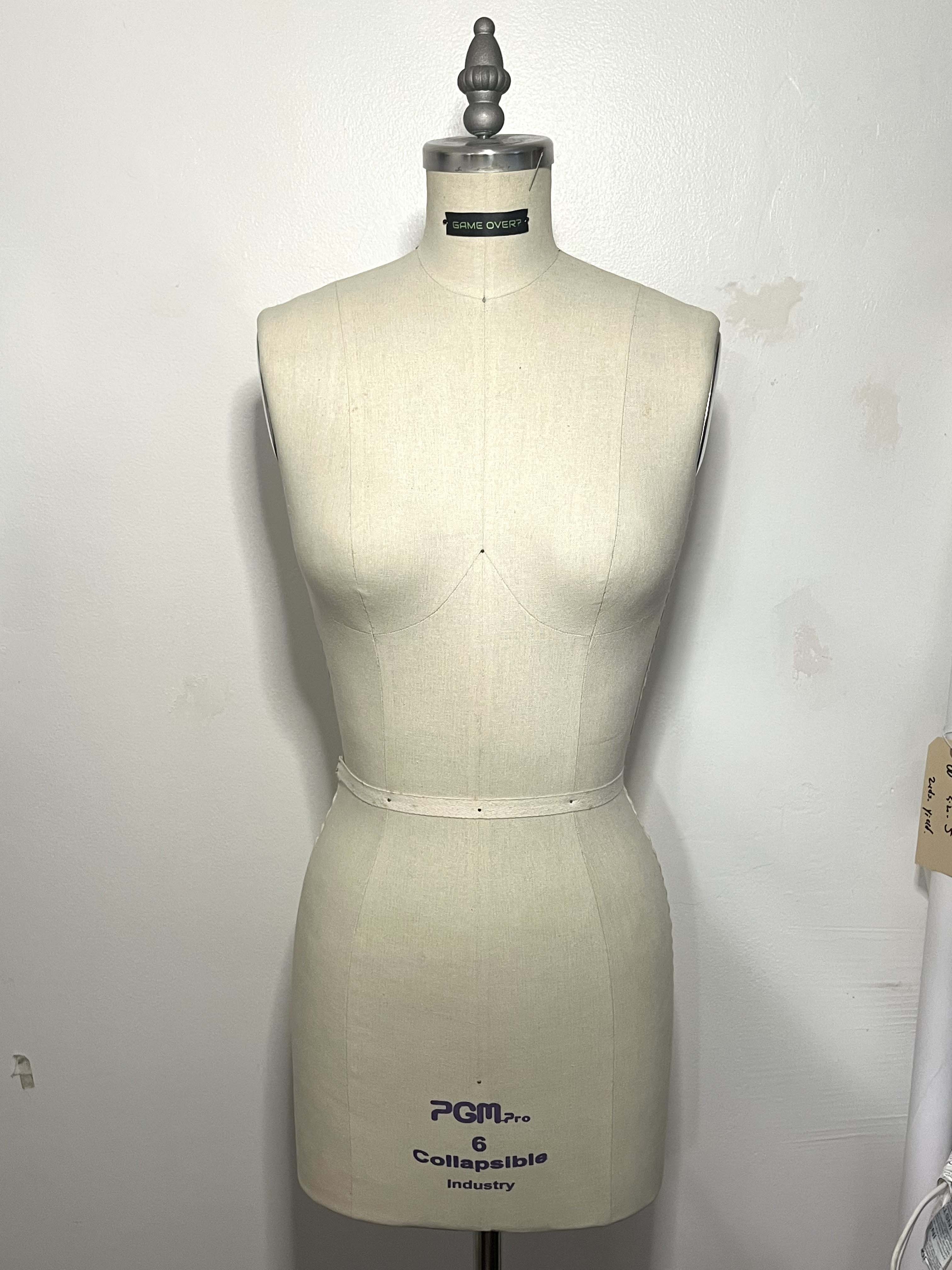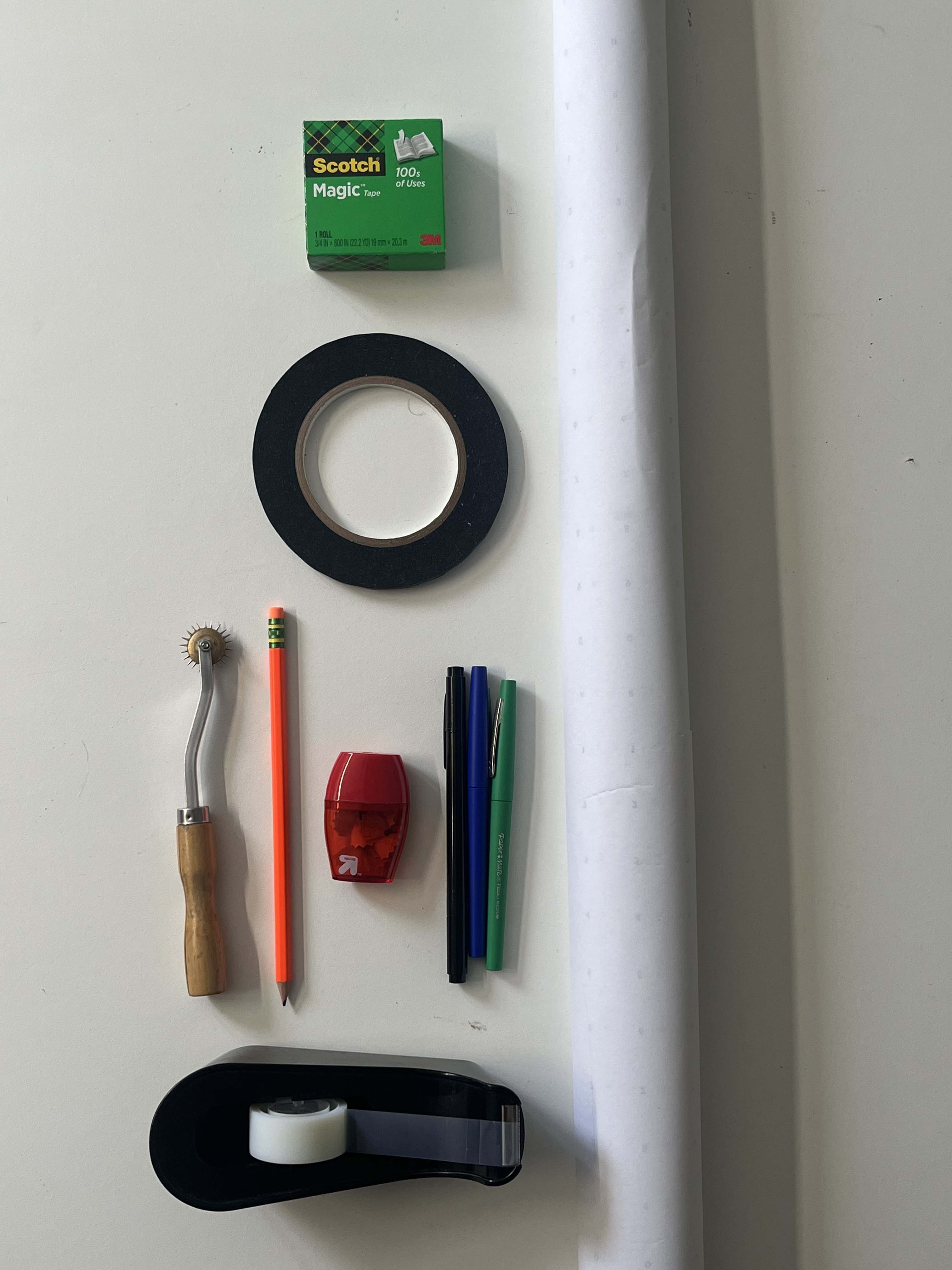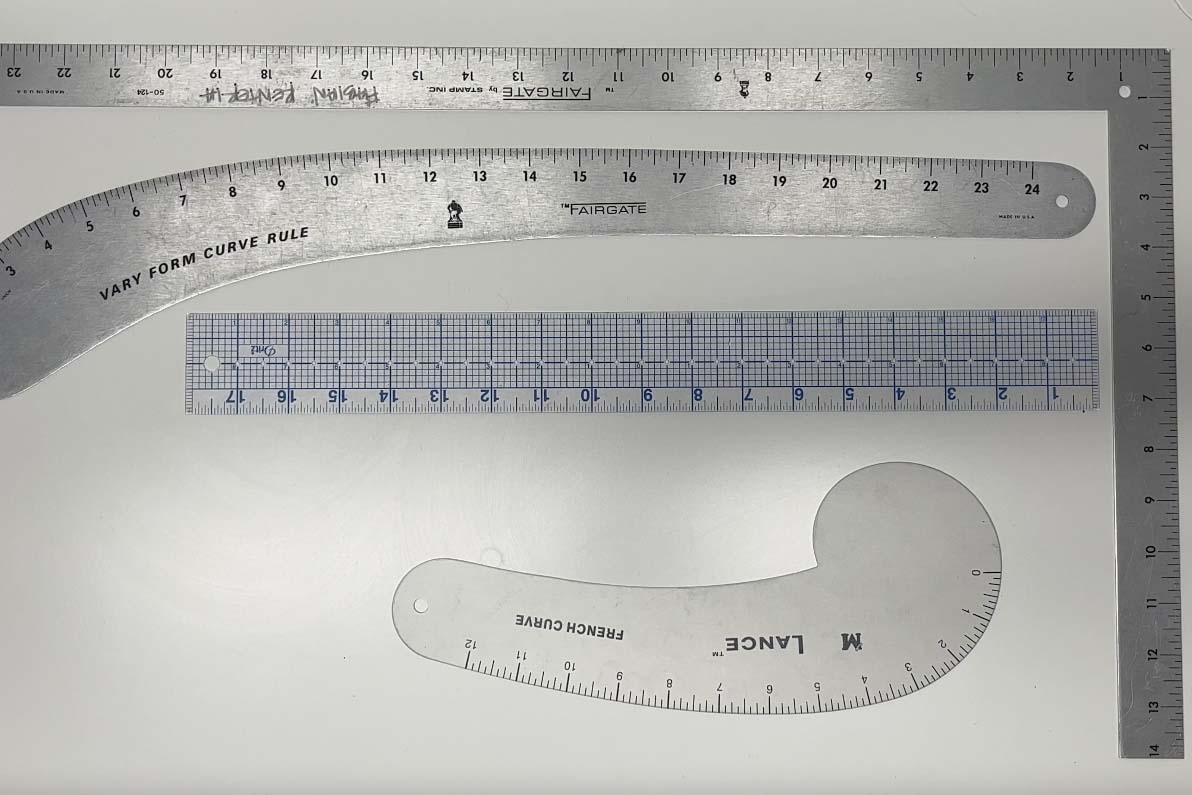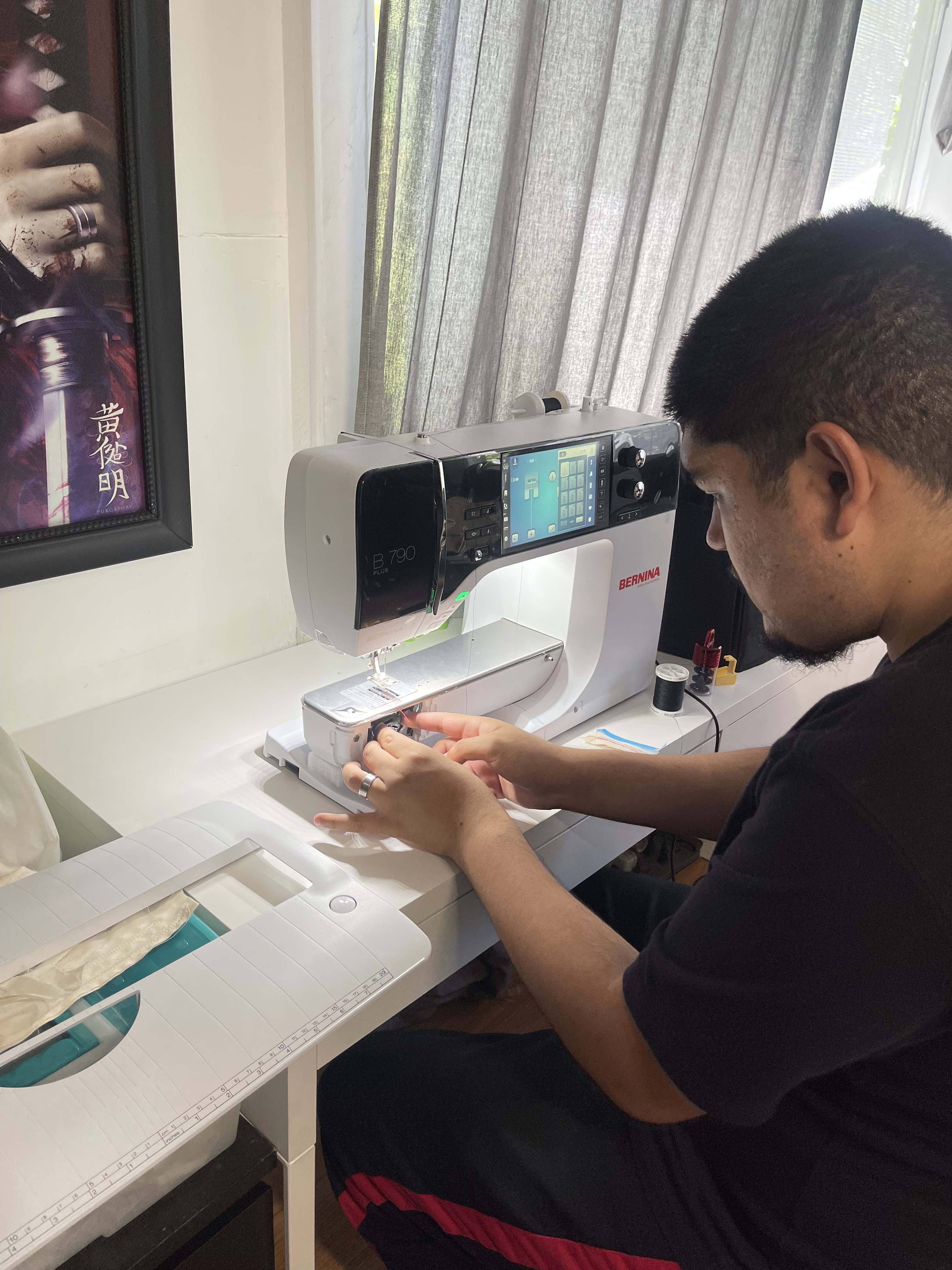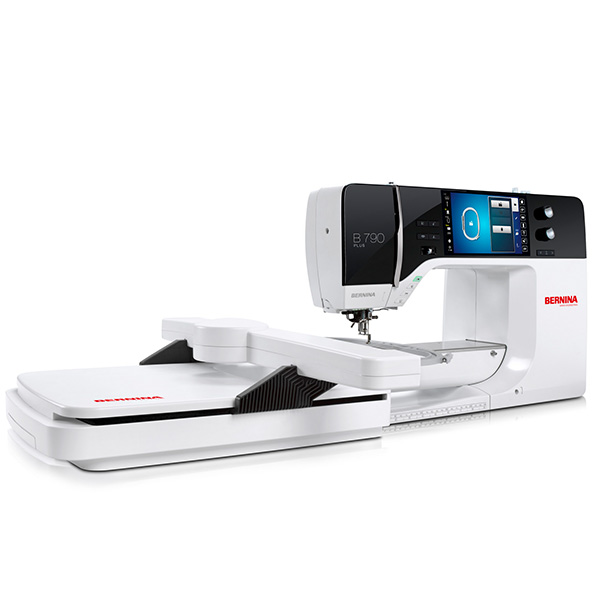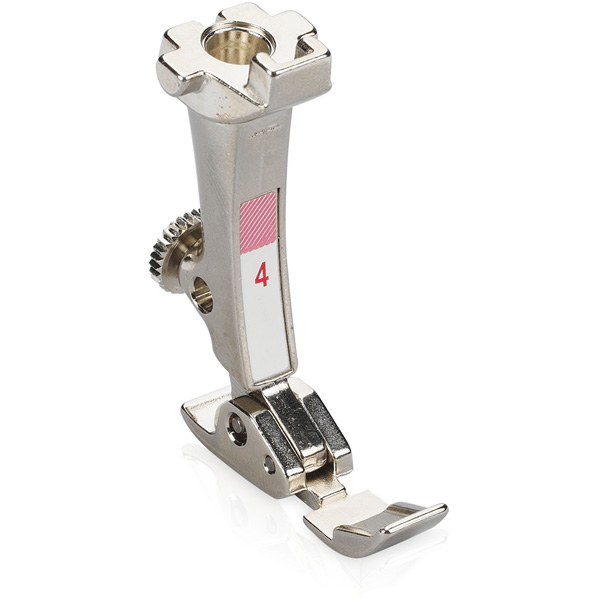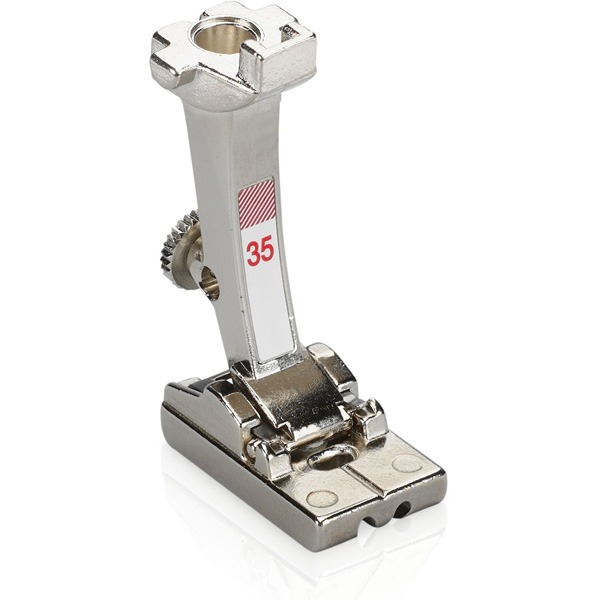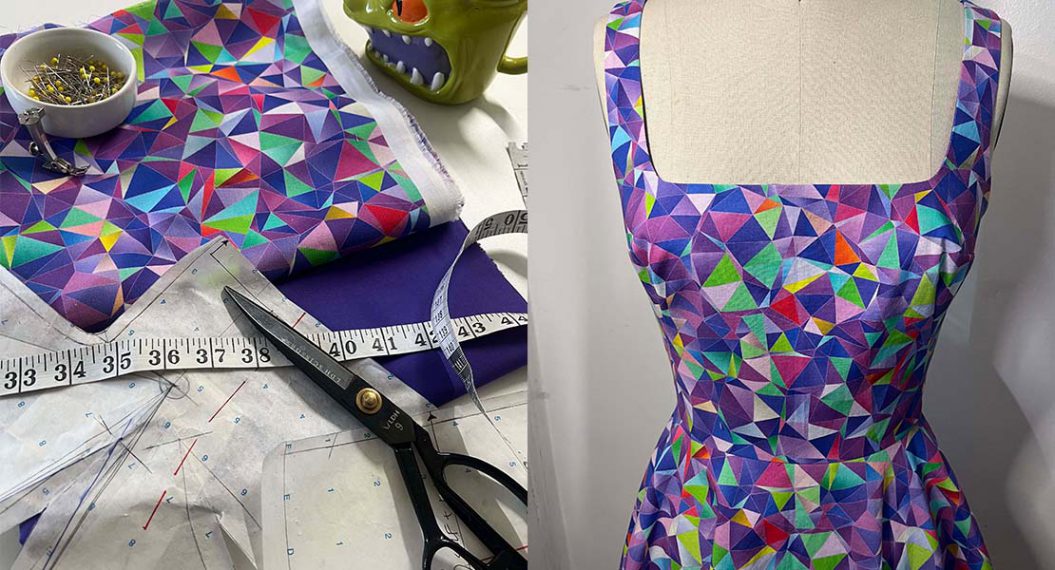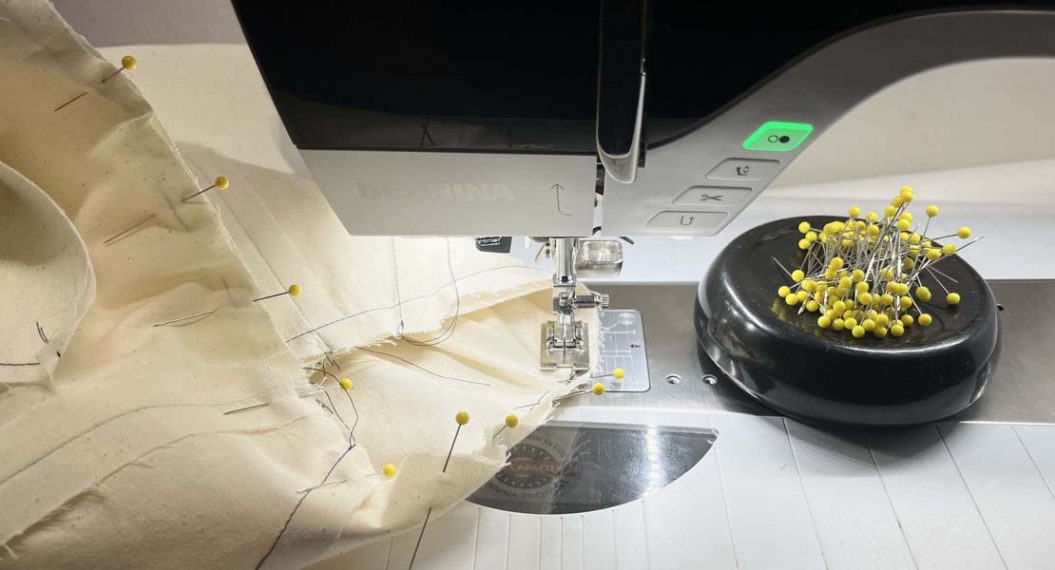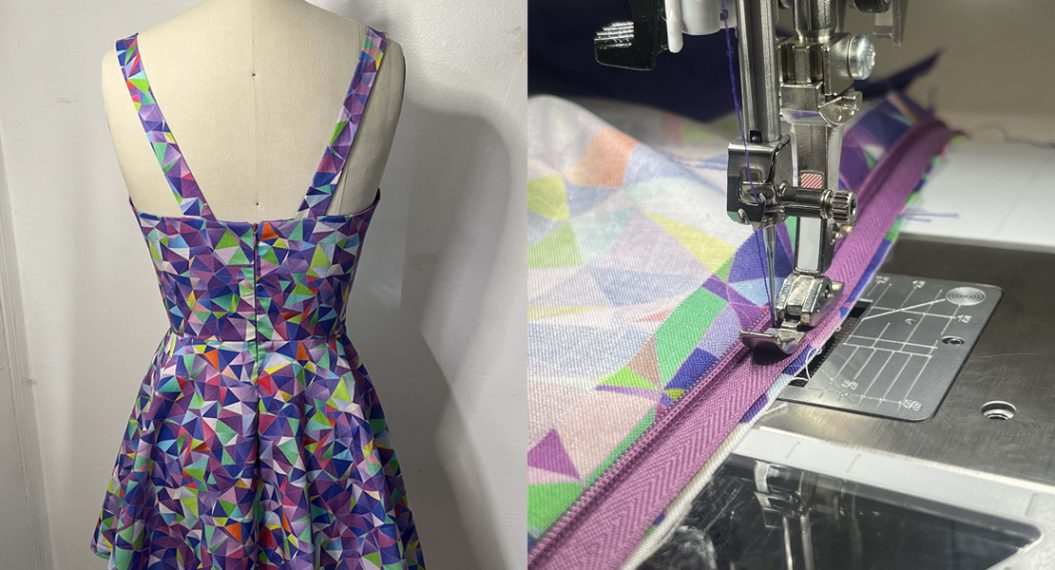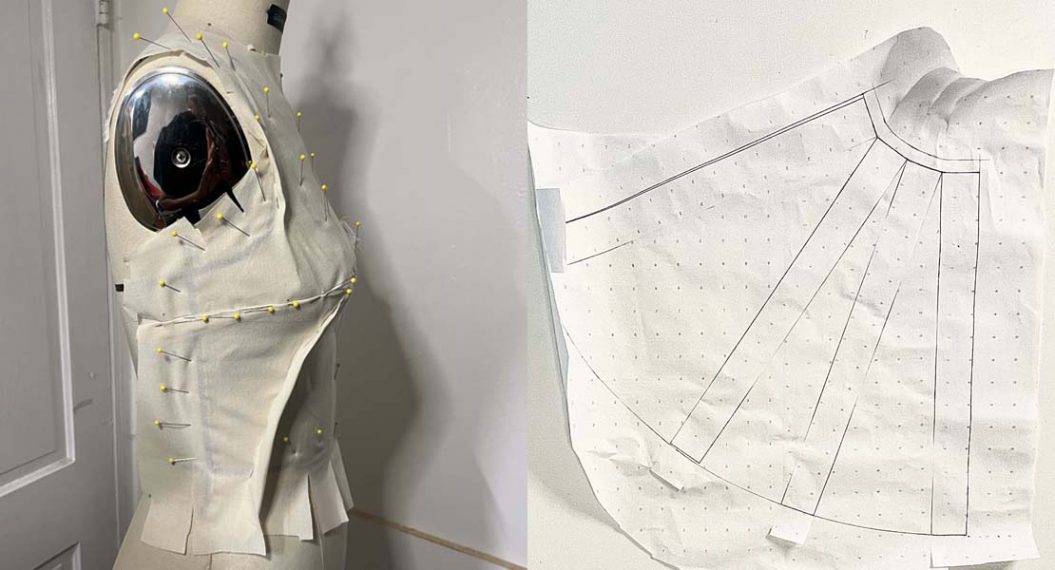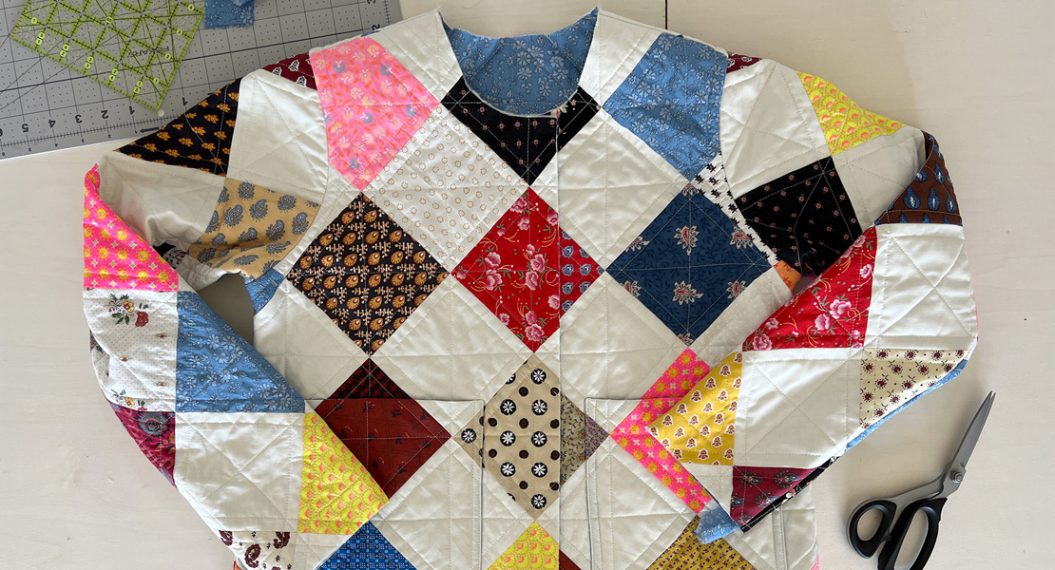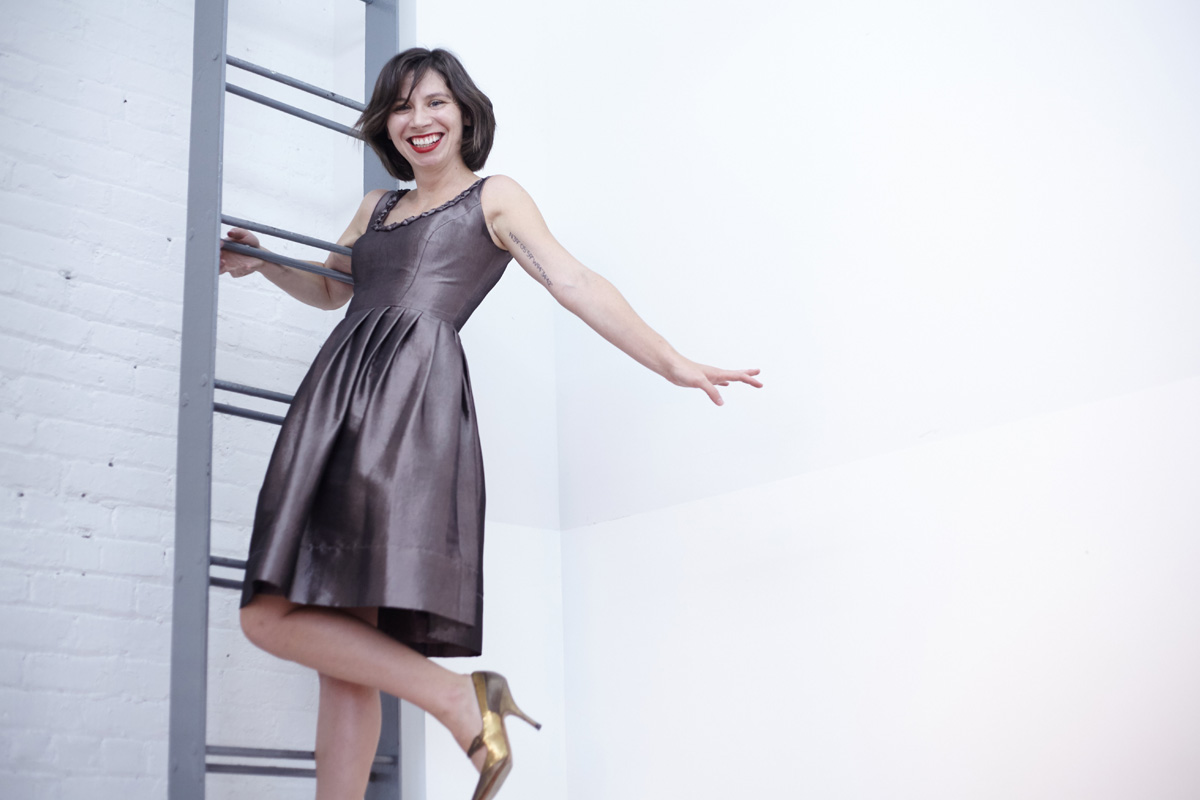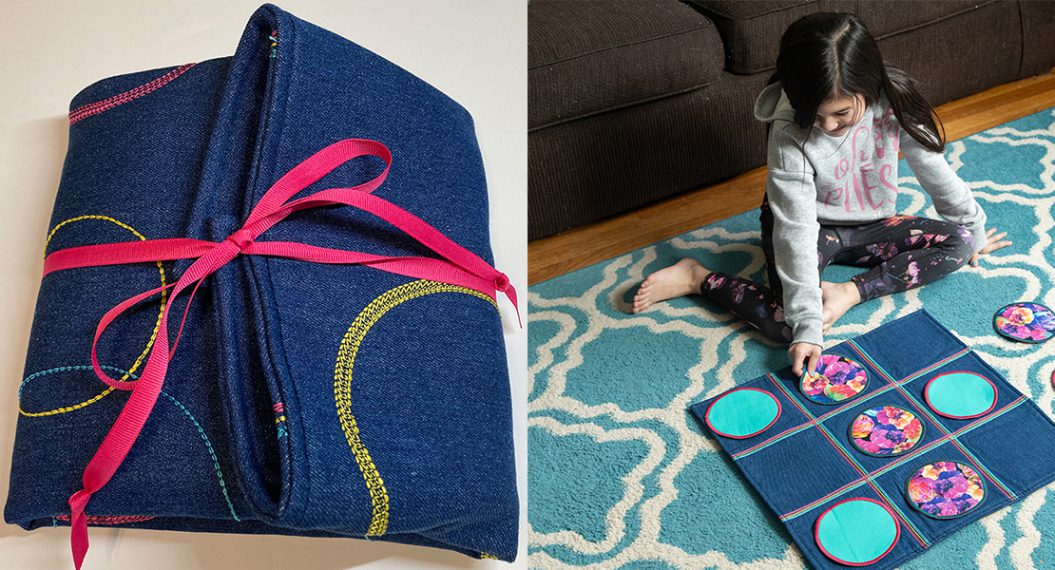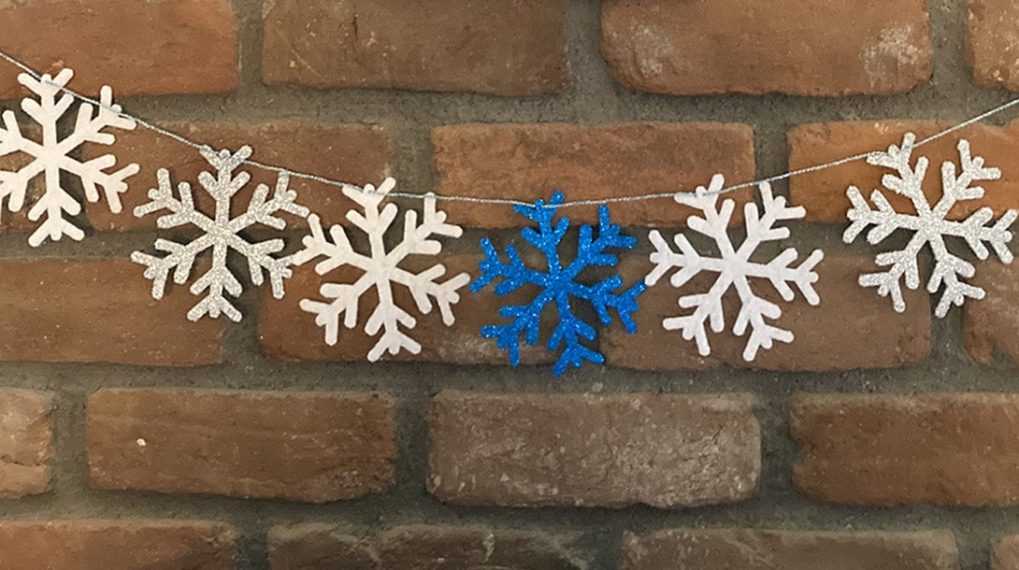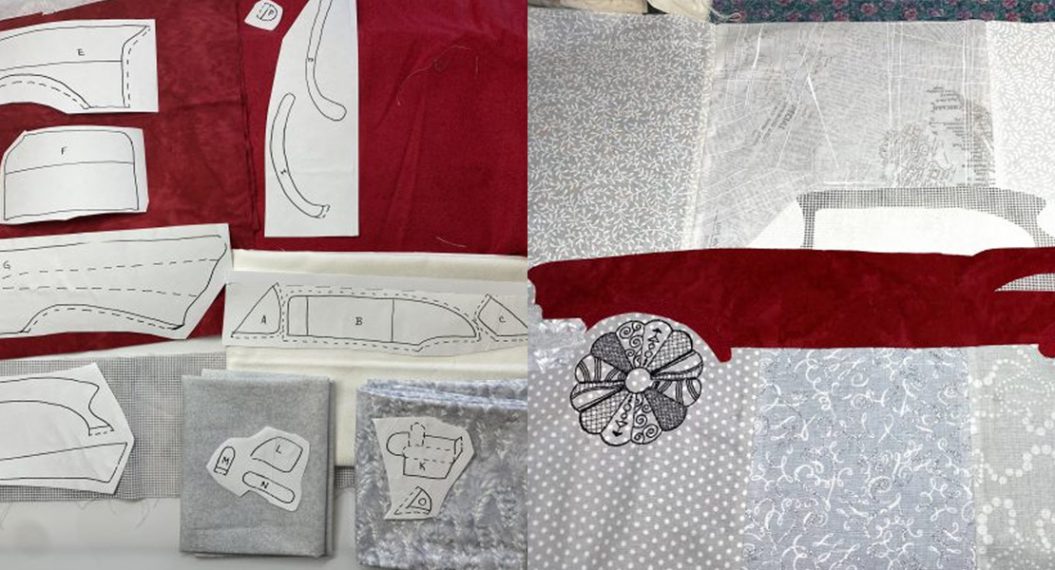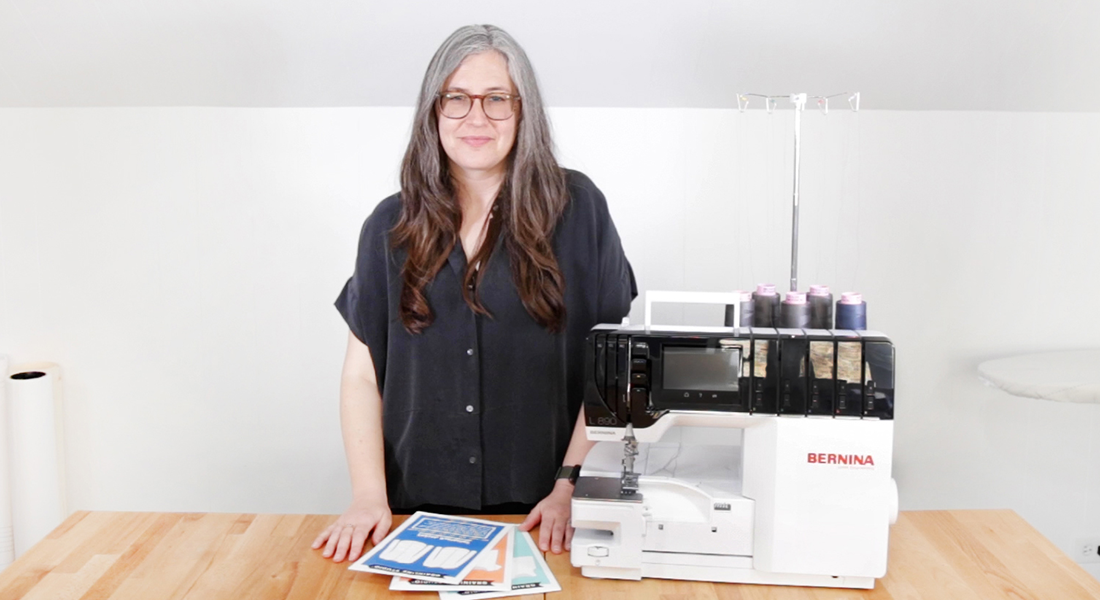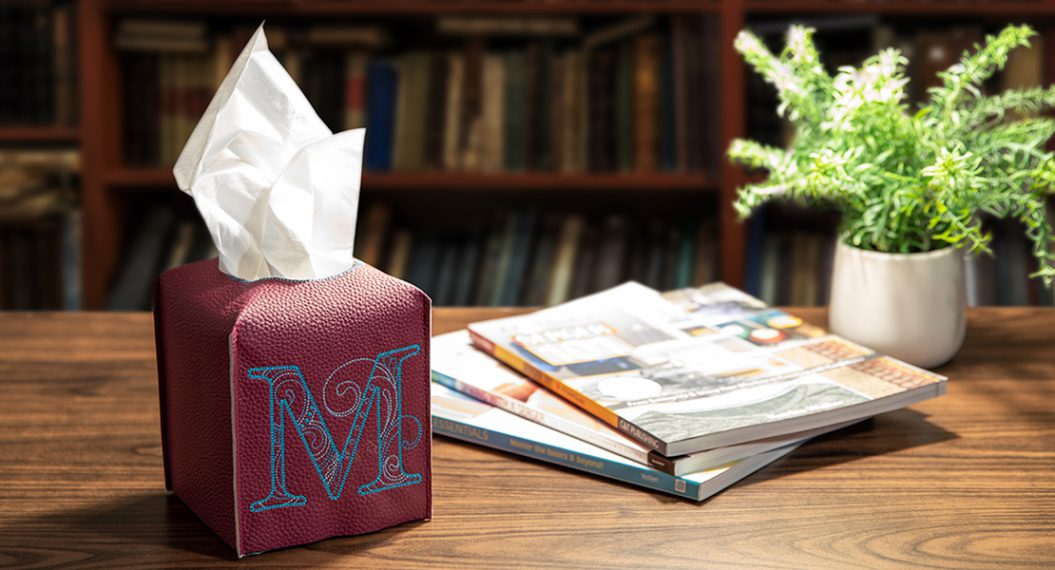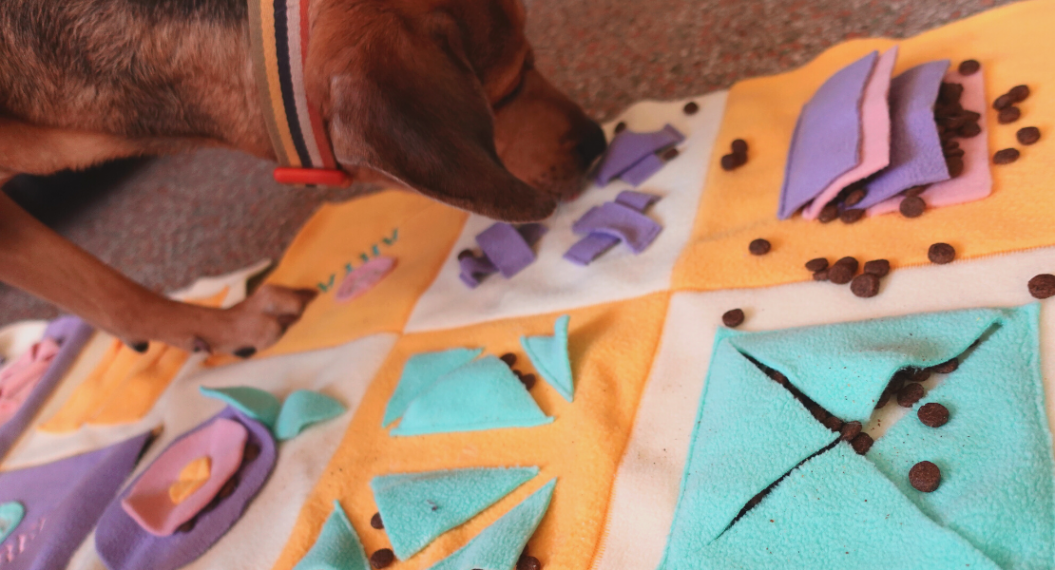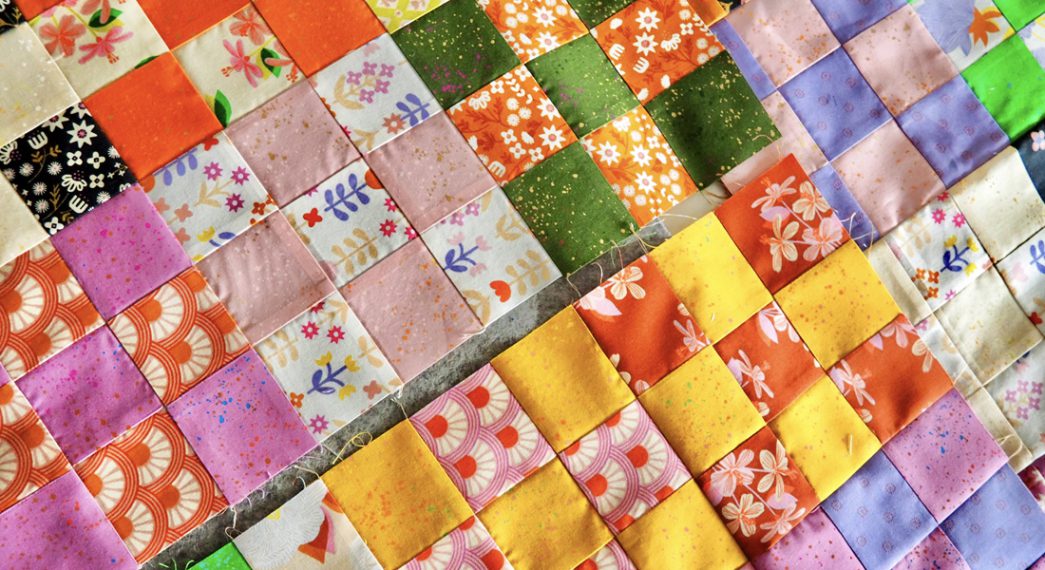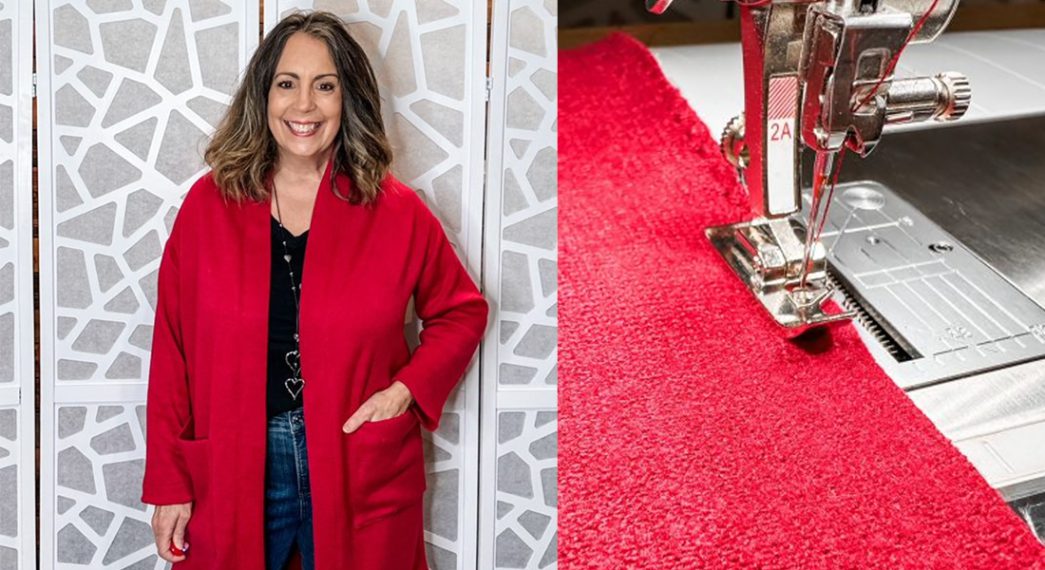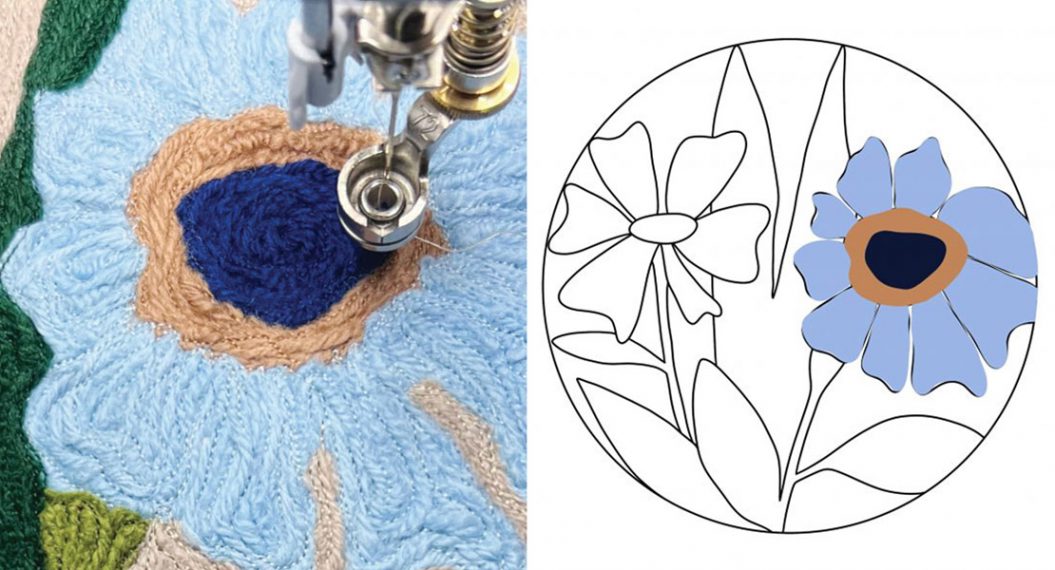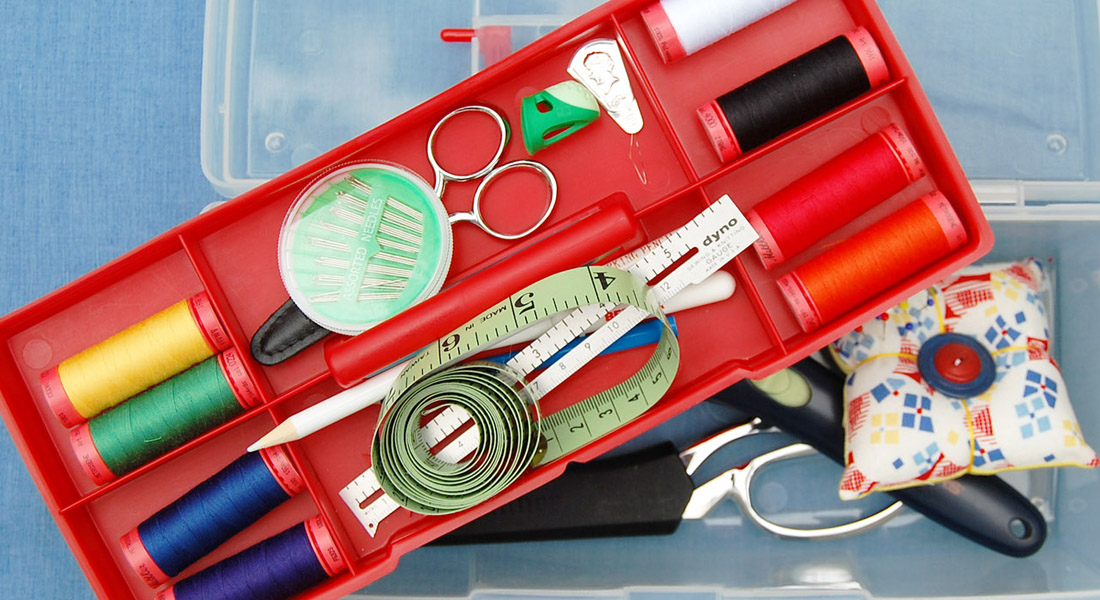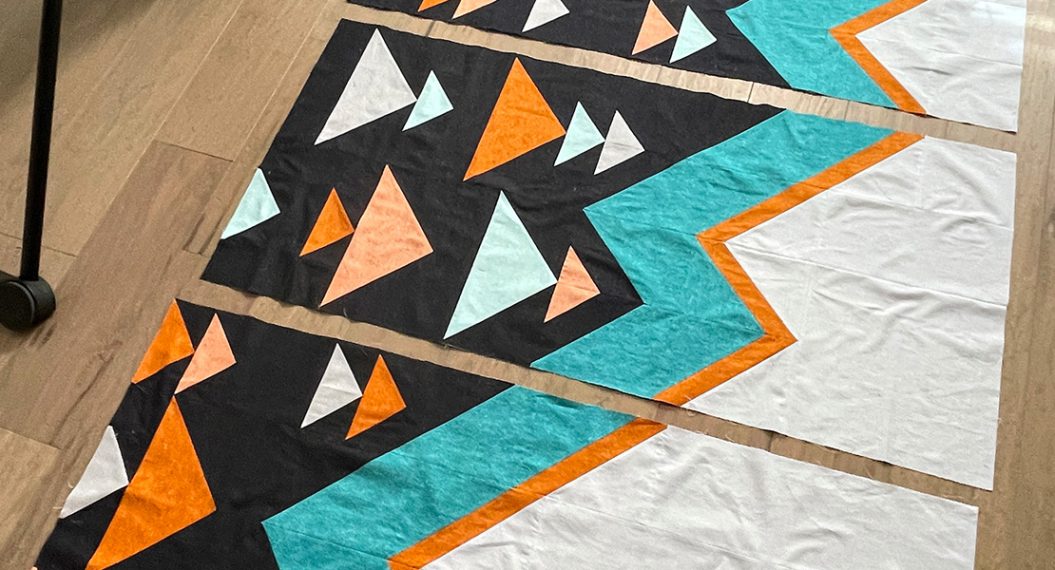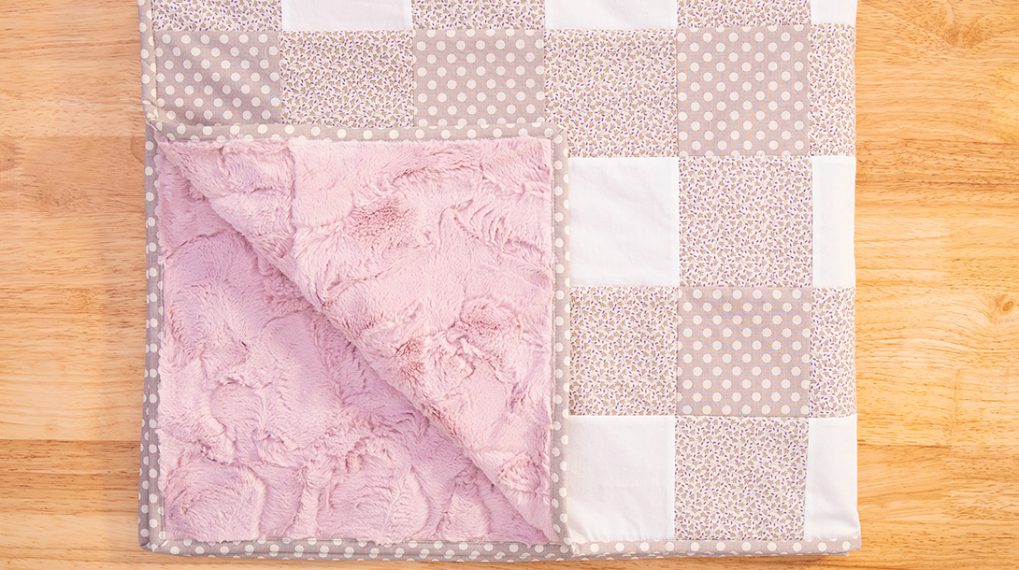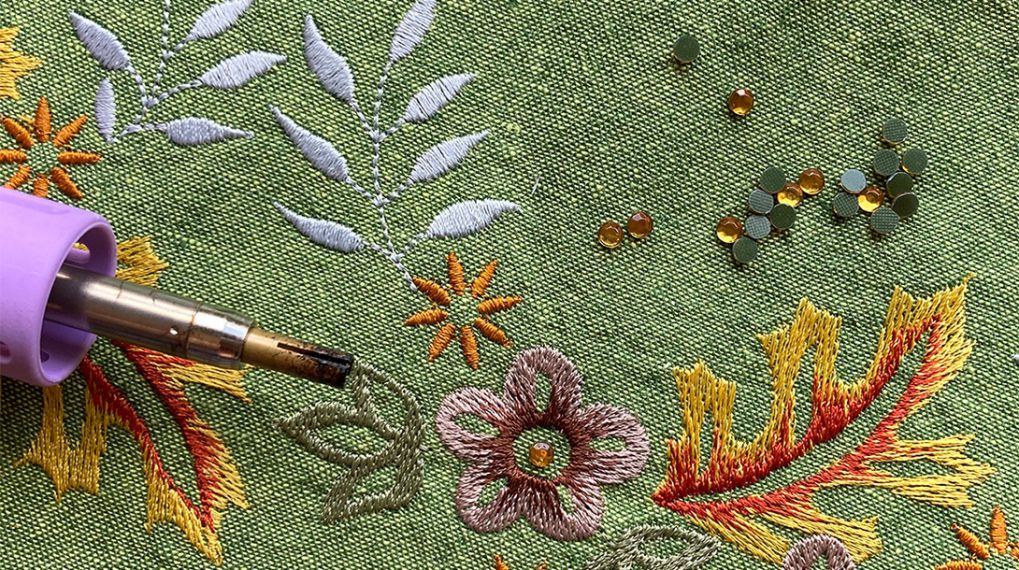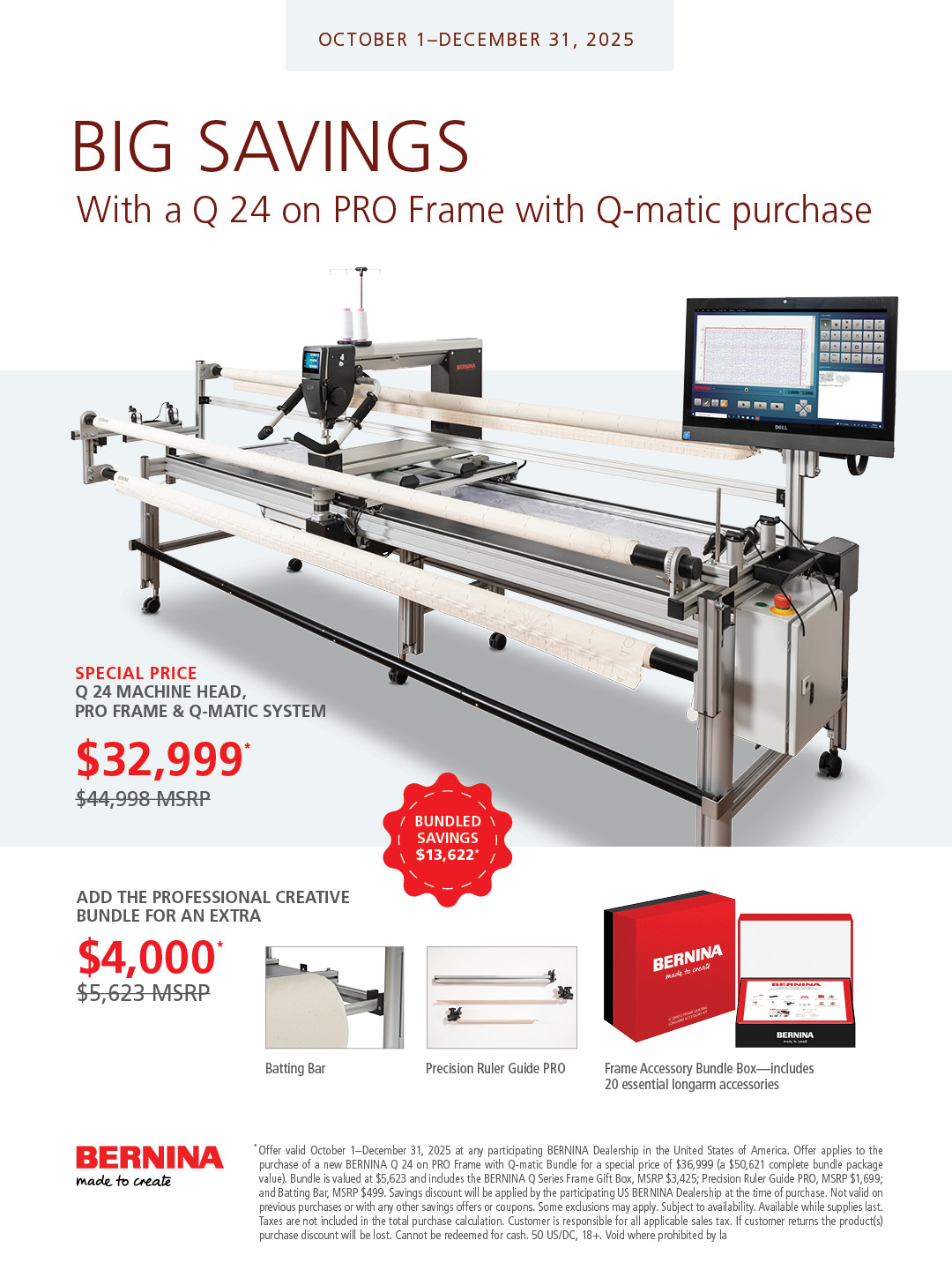Draping a Custom Dress, Part Two: Tools
Let’s go ahead and dive right into the tools you are going to need for Draping a custom dress. Draping is an excellent skill to have because you can watch your design slowly take shape in real-time. You can achieve a great visual of what your design is going to look like when it is sewn up in muslin. I love draping because I am creating my pattern pieces right on the Dress Form and there is no guessing. What I mean by this is that you will often find yourself wondering how certain design details will translate. Although drafting patterns from a basic sloper is necessary in certain situations, draping provides better accuracy. To be successful in draping and pattern-making, you will need a specific set of tools.
Dress Forms for Draping
A dress form is your first tool when it comes to draping. Dress Forms come in an array of shapes and sizes. There are even more brands of Dress Forms that will satisfy your needs in every price range. My personal Dress Form that I work with is made by PGM and is a size 6. This works well for me because I am usually designing for runways which means this is just about the right size. Her measurements are approximately 34 bust, 26 waist, 35 hip. These measurements being in inches. I also own a separate form of the same build but with magnetic arms and legs that are attached.
When it comes to brands of forms I would recommend; French European and The Shop Company are my top two brands. I worked with French European Dress Forms during my last year of college while creating my thesis collection. They have so many options and customizable options for Dress Forms.
The Shop Company is great because they are built much like the PGM forms BUT they are budget-friendly. French European Forms are definitely premium dollar. TSC also offers different models in a wide range of sizes for both male and female forms.
When you are shopping for a Dress Form, be aware of all of the seam lines that are placed throughout. These are actually meant to serve as benchmarks for patterns and draping. These allow you to drape princess seams. The side seam of the dress form is always marked with a special seam that you can physically feel on the outside of the form. I find this to be extremely helpful when draping so that I can know the placement of my side seams on a garment I am draping.
Basics For Pattern Making
The tools pictured below are a pattern maker’s essentials when working on any draping. We will go over these more in depth in the tutorial but I want to highlight the draping tape that I will be using. It is important to use style tape that you will be able to see under your muslin. I do not recommend using the 1/8-inch wide version of this tape. I always make certain to use the 1/4 inch wide tape and this specific tape I got online is very tacky. This makes draping worry-free and makes sure it will not fall off of my form.
A tracing wheel is crucial to being able to transfer your drapes to paper. Using a pinpoint tracing wheel is the best option for all pattern-making projects. I strongly recommend using a self-healing mat underneath your tracing wheel. This will ensure you will not leave unwanted markings on your work surface. You may see other tracing wheels that can be used with transfer paper used on fashion fabric BUT this is not the same thing. You can purchase these tracing wheels at any store that specializes in pattern-making supplies.
Pattern-Making Rulers For Draping
The rulers pictured below are gems for draping, pattern making, and pattern alterations. I will discuss what these do during the tutorial. You may be able to find them in a set online. I would say that the French Curve is not one hundred percent necessary. I find myself reaching for my Hip Curve ruler more often than the French Curve. You will always need the standard ruler with the 1/8-inch increments. This is the ruler used to make straight lines and add seam allowances onto your patterns.
Do not worry if you can’t get your hands on these right away. Starting with the regular gridded ruler works just fine. You may be able to find curved objects to substitute for the other rulers in this set. I have seen many people use dinner plates for necklines and curved areas of paper patterns.
Sewing Machine
You will also need your trusty Sewing Machine. I will be working with the BERNINA 790 PLUS Sewing Machine for this series. This machine boasts an array of functionality for fashion sewists such as myself. For this dress, I will be using BERNINA Zipper Foot #4 which is a narrow zipper foot. You can also use the BERNINA Invisible Zipper Foot #35 which is a specialty foot made for installing invisible zippers.
I hope you will join me and work alongside me during this five-part series! Draping is such an amazing skill to have and I hope to pass this passion to you!
Happy Draping!
